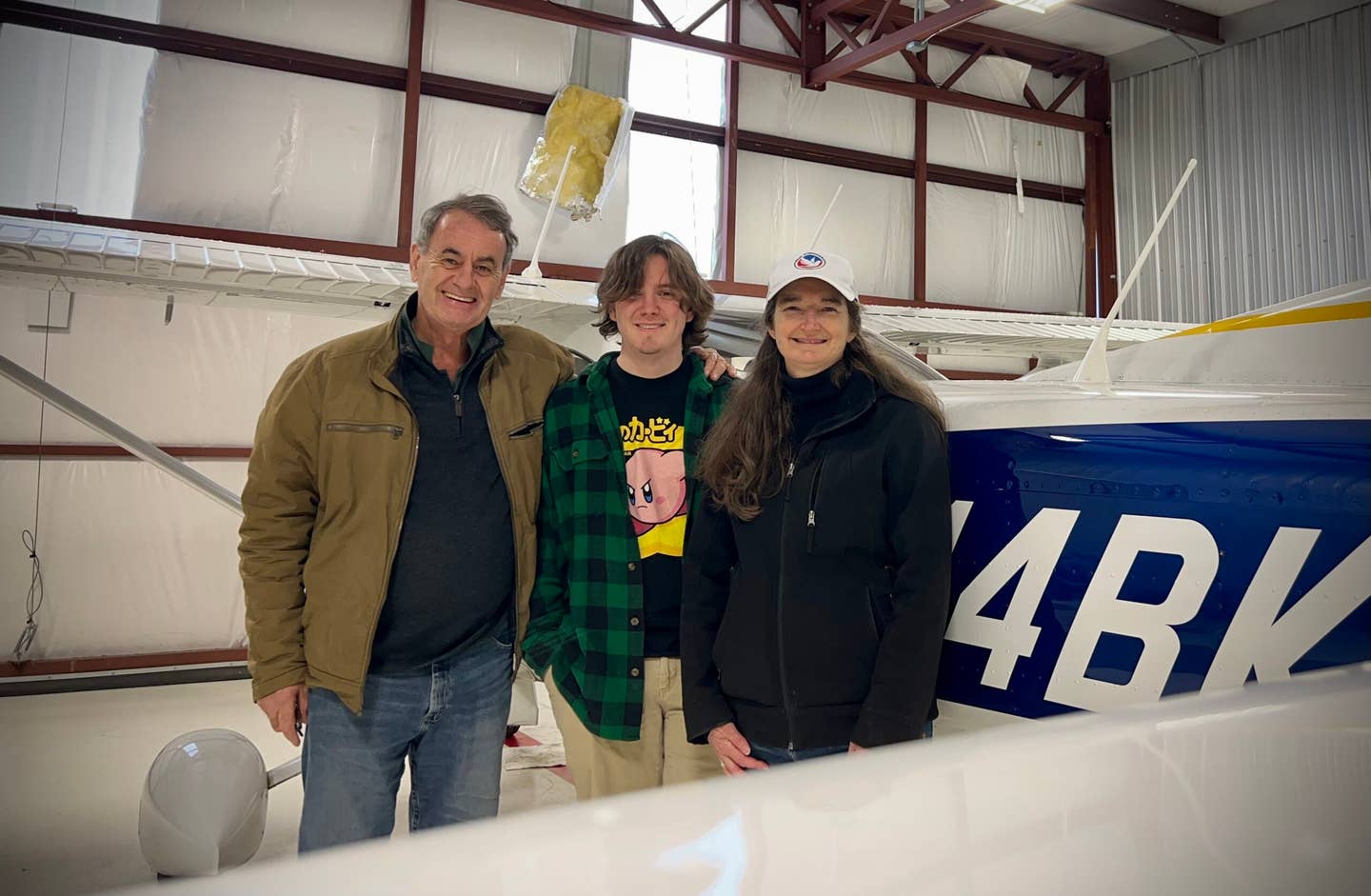The Future Is a Fast Charge
An electric debut from Diamond and Safran advances the sustainability game, if it meets the timeline proposed.

The eDA40 from Diamond Aircraft would change the game with a true “fast charge” system. [Courtesy: Diamond Aircraft]
Just two weeks ago, I shared the occasion of my first flight in a fully electric-powered airplane, the Pipistrel Velis Electro, which gained certification under EASA more than a year ago.
The Velis Electro fills a niche—for the moment. In my assessment, I noted that, in order for it to secure its place in flight training, the down time between flights required to charge the battery needed to come down. Unless it’s on Pipistrel’s “fast charge” system, the time to recharge moves from one hour to more than two hours in some cases.
An hour felt like a passable delay between flights—not ideal, but workable. Two hours? That’s a long time to wait. Even the slowest fuel truck rarely makes you pace around the airplane that long between flights.
Enter the Diamond
So, you can imagine my curiosity was piqued with the announcement at AERO Friedrichshafen this week that Diamond Aircraft partnered with Safran to develop an “e” version of its popular DA40 single-engine aircraft.
The key piece in this new electric training aircraft lies in Safran’s motor, the ENGINeUS 100, which is expected to deliver 130 kWh maximum at takeoff power, with a fully integrated motor controller.
According to Safran, the electric motor’s certification is expected to come in mid-2023, with first flights of the eDA40 taking place by the end of the second quarter of 2022. The companies propose that EASA certification will come sometime in late 2023 to early 2024, if all goes according to plan.
So what’s special about this new electric engine? The total flight time of 90 minutes initially projected isn’t much more than that of the Pipistrel motor in the Velis Electro. What’s compelling is the airplane’s “fast charge” claim—a turnaround time of 20 minutes.
Now, that’s a real game changer for the flight training environment. In the time it takes an instructor to debrief one lesson, grab a bio break, and conduct even the shortest preflight discussion with a new student, at least 30 minutes should pass. (Note to instructors who would brag about shorter turn times: you’re shortchanging your students—but that’s a topic for another day.)
Proven Technology?
The Safran line of ENGINeUS fully electric powerplants ranges from 50 to 100 kWh, and they’ve been around long enough for the company to call them “proven technology.” Safran also offers a hybrid electric propulsion system up to 500 kWh—suitable for aircraft weights into the commuter range.
The eDA40 will be the electric motor’s first application into the training environment, however, which is notoriously hard on airplanes. While the DA40 has withstood the test in general use, and the airframe is relatively durable, what’s under the hood also needs to stand up to the wear and tear of student operations. And that’s a question Pipistrel will be answering with the Velis Electro as well. We know how a Continental O-200 wears over time—and we now can predict how well a Rotax 912 series will perform in the field, with heavy instructional use. But it took a while—and flight school owners can be rightfully skeptical.
But if the eDA40 does what Diamond and Safran propose, it will change the game indeed—with a fast charge that others will need to match.

Sign-up for newsletters & special offers!
Get the latest FLYING stories & special offers delivered directly to your inbox






